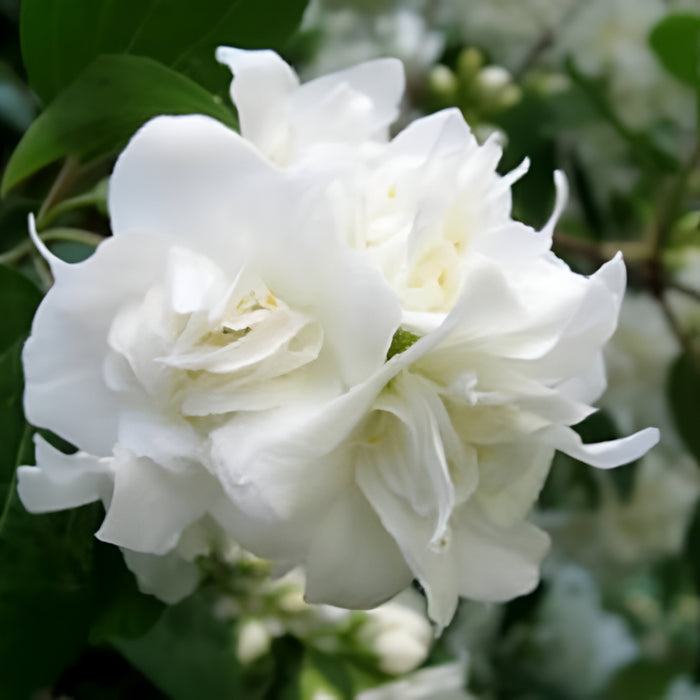
Mock Tree Seeds
Save 50%
Original price
$10.00
Original price
$10.00
-
Original price
$10.00
Original price
$10.00
Current price
$4.99
$4.99
-
$4.99
Current price
$4.99
Indulge your senses in the captivating Mock Tree grown by Mock Tree Seeds, also known as Mock Orange, English Dogwood, or Mockorange. These seeds promise to bring an exquisite touch to your garden with their stunning white blossoms and sweet fragrance reminiscent of orange blossoms. Elevate your gardening experience by delving into the subtle qualities of this charming plant.
Specifications:
- Color: Produces soft, feathery white plumes that bring airy movement and contrast to garden landscapes.
- Plant Seeds: Sow outdoors after the last frost or start indoors weeks earlier to encourage early germination.
- Plant Height: Reaches 12 to 18 inches tall, making it ideal for low borders or edging along walkways.
- Plant Spacing: Space 24 inches apart to allow room for spreading and natural clump formation.
- Bloom Time: Blooms from summer through fall, offering lasting texture and ornamental interest.
- Hardiness Zone: Suitable for zones 4 to 11, performing well in a variety of climates.
- Light Requirements: Prefers full sun to thrive and develop strong upright plumes.
- Soil & Water Preferences: Grows best in average to dry soil with low watering needs once established.
- Quantity: Includes 25 seeds, suitable for decorative plantings or xeriscape gardens.




